This week on the blog, I’m launching a little three-part blog series focused on some of my favorite bulbs to plant in the fall. Yesterday’s post focused on my favorite narcissus varieties and three lucky readers won a collection of my favorite bulbs: Jason B., Linda Q. and Jessica Powers.
Today, I’m tackling another big ticket item in my fall bulb ordering extravaganza: Tulips. Like narcissus, I try to grow flower varieties that you can’t get just anywhere. This is particularly important given the fact that our farm is surrounded by plantation-sized tulip farms that mass-produce inexpensive common tulips. Even though Floret is a tiny fish in a big sea of flowers in the Skagit Valley, we’re able to compete–and get better prices–because we grow tulips that are totally different than the kind available in the mass market.
Standard tulip shapes are boring, at least for me. I’m much more drawn to the peony-flowered doubles, Parrot tulips, and French-style fringed varieties. I crave the exotic, unusual and showy types that really make a bouquet stand out. I especially love tulips that, well, actually don’t look like tulips.
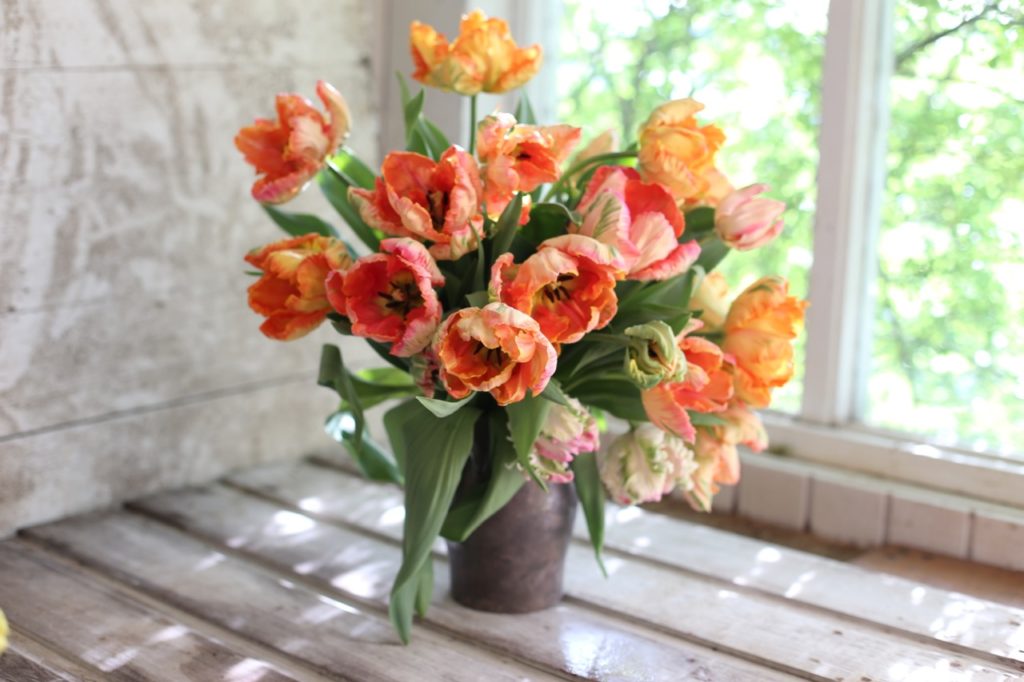
Pictured above: Tulips ‘Professor Rontgen’ and ‘Apricot Parrot’
Pictured below: My mom helping bring in the harvest
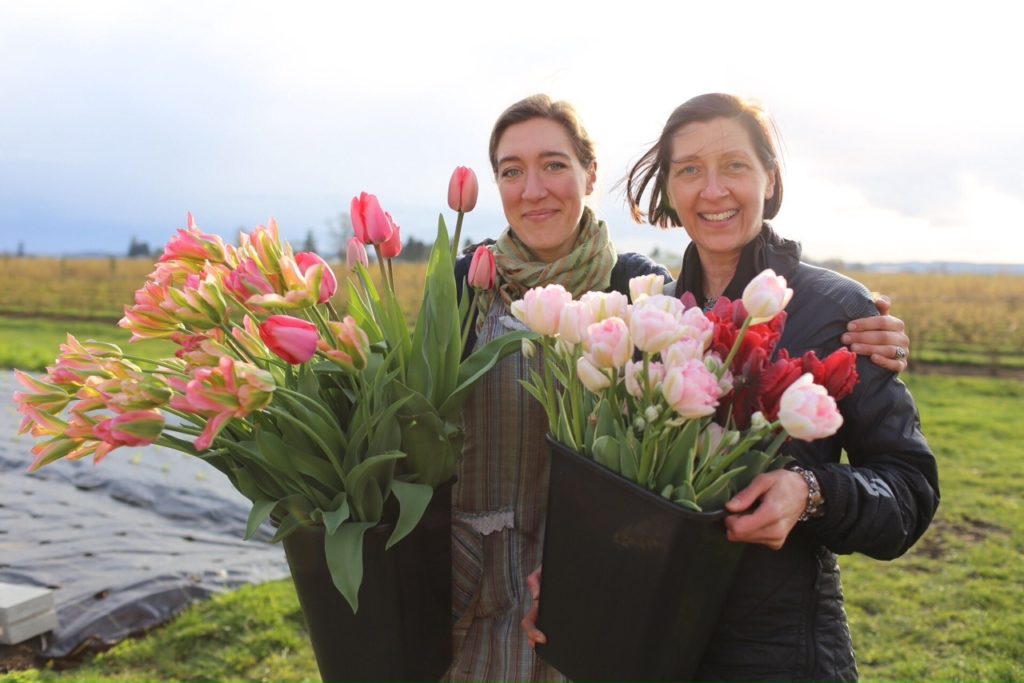
I’ve experimented with dozens of different varieties over the years, but here are a few that make the cut and are welcomed into our garden each year:
Apricot Parrot: I love the complexity of the colors in this big, blousey bloom. As if straight out of a Dutch painting, a subtle brushstroke of soft green flares out from the center of the petals and evolves into a soft shades of peach and apricot along the scalloped edge.
Black Hero: This unique, fully double black variety is a sport of Queen of the Night. Its tall, strong stems and dark coloring make it an awesome addition to large scale, dramatic arrangements.
Charming Beauty: The name couldn’t be more true, this farm-fresh egg yolk yellow double flowered variety is an excellent addition to spring arrangements. It’s tricky to find good yellow blooms, and the soft, glowing petals of this unique variety make it a must-grow.
Greenland: One of the tallest varieties and also earliest to flower, this attention getting green and pink striped variety is loved by florists and flower enthusiasts alike. Pictured above, this gem looks incredible in large scale spring arrangements and last very well in the vase.
La Belle Epoque: I confess I have a soft spot in my heart for the apricot hued blooms, so predictably this pretty double tulip also makes my top favorites list. The base of these full blooms start out as a smokey-mauve which becomes more apricot along the edges and as it ages, making it even more interesting and exotic. Some of our customers say it resembles the color of skin, and I kind of agree. It can be mixed with many different hues and is greedily snatched up by designers with an eye for the unique. Pictured at the end of this post.
Renown Unique: The very last variety to bloom in our garden, this peony flowered beauty is the top requested variety we grow. Each massive stem is topped with a fully ruffled, watermelon colored flower that is commonly mistaken for a peony. Be sure to harvest after the flowers have started to open, otherwise it won’t be as richly colored.
Professor Rontgen: The largest flowered parrot variety I’ve ever grown, this beast is a real show stopper. Fist sized buds open to huge, vivid tangerine-toned flowers that look amazing en mass or mixed into Dutch still life inspired bouquets. If you can only grow one parrot, make this one it!
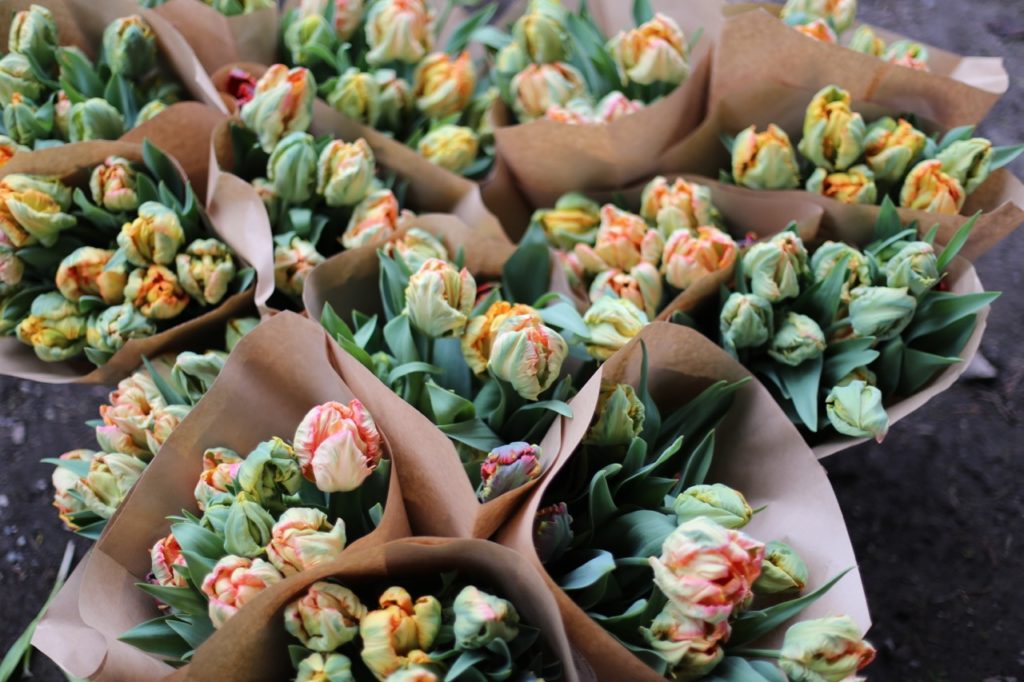
Pictured above bundles of mixed parrot tulips including: Professor Rontgen, Salmon Parrot and Apricot Parrot. Pictured below: Tulip bulbs planted like eggs in a carton
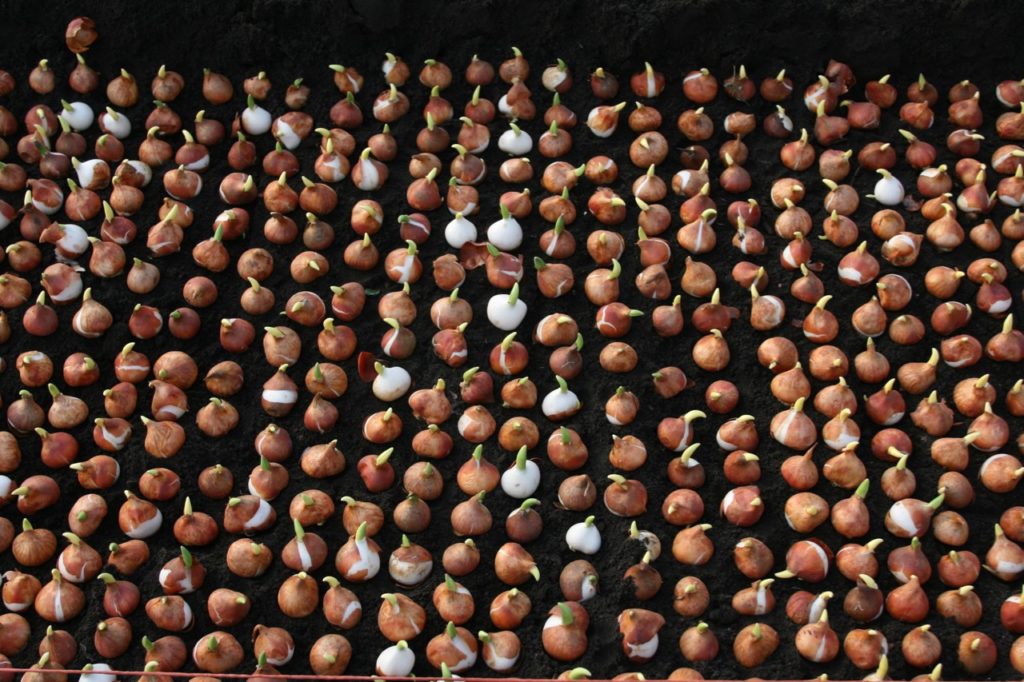
Plant bulbs in freely draining soil. If ground becomes waterlogged it will cause bulbs to rot. Choose a sunny spot and plant bulbs three times as deep as they are tall. We plant thousands of tulips every year in our unheated hoop houses utilizing a technique that involves digging out a 3ft. wide, 6″ deep trench. We set the bulbs in very close together, but not actually touching–sort of like eggs in an egg carton. This allows us to fit an enormous amount of flowers in a very tiny space!
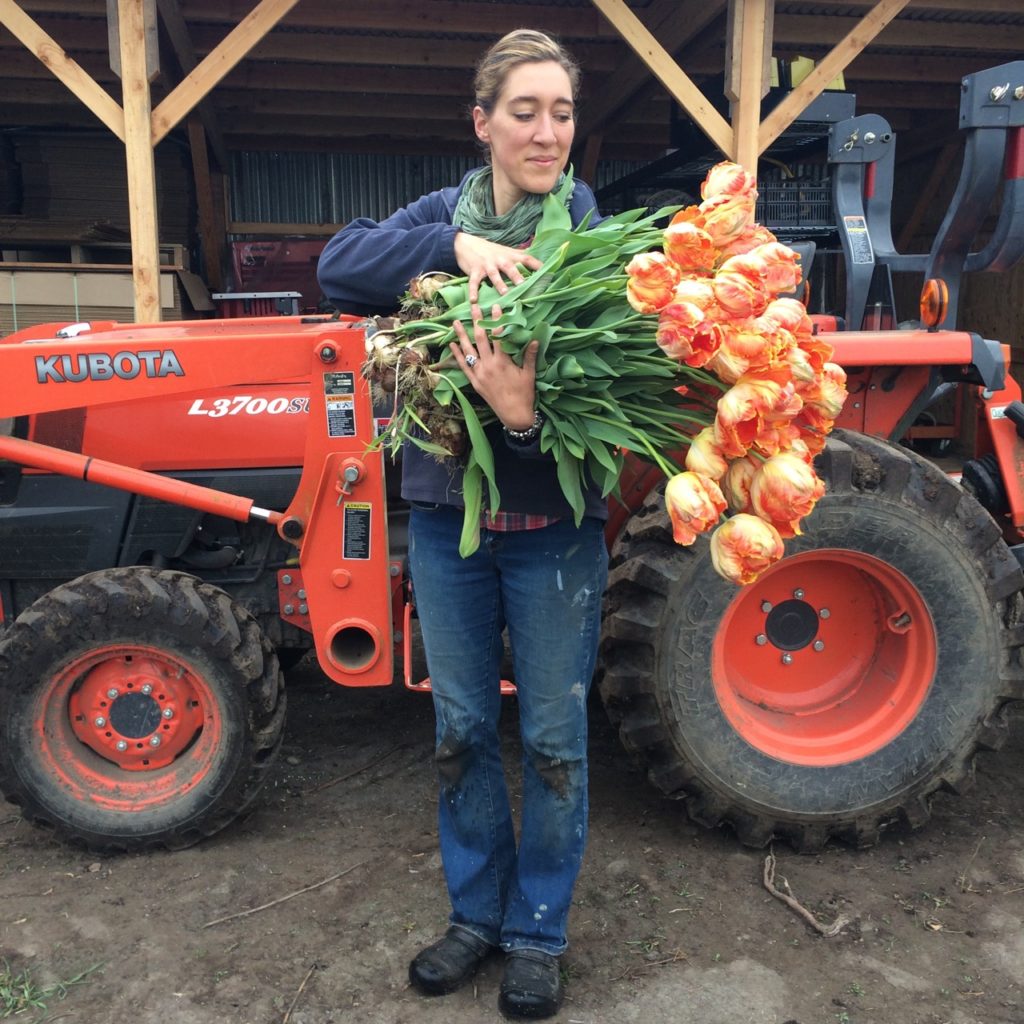
Flower farmers typically approach tulip production very differently than gardeners because we treat tulips essentially as an annual. (Pictured above: an armload of Professor Rontgen). In the spring, we harvest the tulip–bulb and all– for maximum stem length, storage and vase life. That means we need to re-plant new bulbs each fall in order to have consistent high quality blooms. If the flower is harvested but the bulb is left in the ground, the tulip *may* bloom in subsequent years but it is typically of diminished quality, which unfortunately just doesn’t cut it for commercial production.
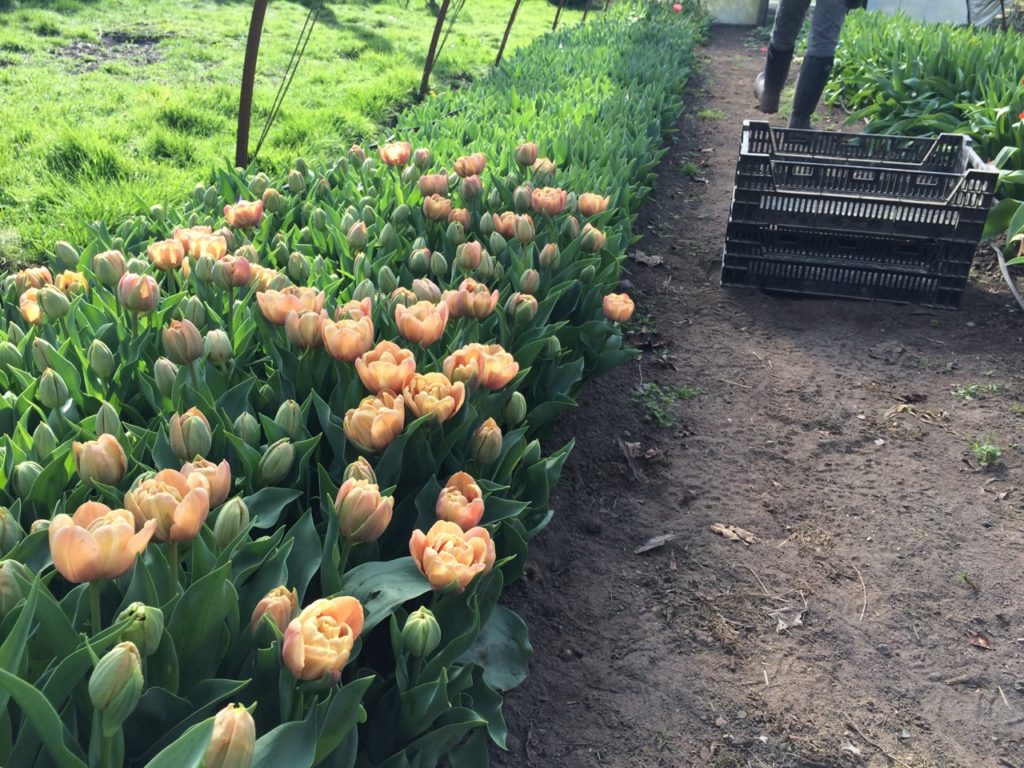 Pictured above: Tulip La Belle Epoque
Pictured above: Tulip La Belle Epoque
For all of our bulbs, we first have to pull out all the spent summer crops, irrigation lines and landscape fabric before we even get started. Then then we’ll add compost, fertilizer, till it all in and only then do we begin planting the bulbs. It is a bit of a process, but totally worth the extra effort, as we’ll then have healthy, long-stemmed blooms that make our customers swoon come springtime.
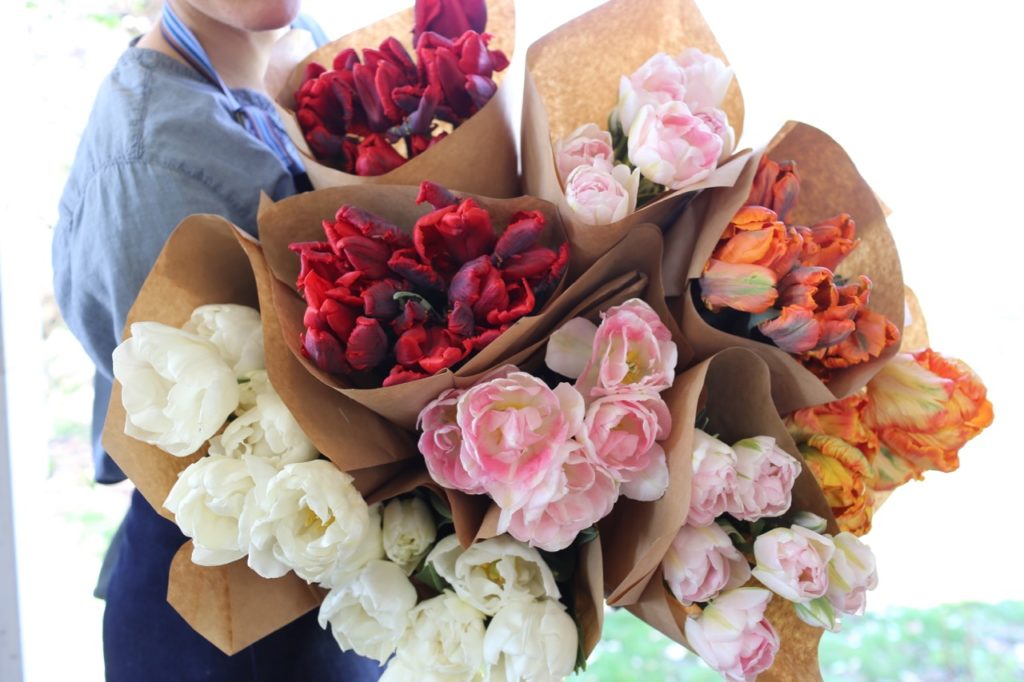 Today I’m thrilled to be giving away 5 collections of some of my favorite varieties (5 bulbs of 5 varieties, for each winner, shipped out mid-October). Because of export restrictions, this giveaway is only open to U.S. residents. To enter, simply add a comment below and answer one of the following questions: What kinds of tulips do you have in your garden? (or) Any new ones you’re planting this year?
Today I’m thrilled to be giving away 5 collections of some of my favorite varieties (5 bulbs of 5 varieties, for each winner, shipped out mid-October). Because of export restrictions, this giveaway is only open to U.S. residents. To enter, simply add a comment below and answer one of the following questions: What kinds of tulips do you have in your garden? (or) Any new ones you’re planting this year?
UPDATE: Submissions now closed. Congratulations to Chris McLaughlin, Graham R. Spearman, Stephen Yates, KaCee Shepherd and Karen Lee — we’ll get your tulips off to you shortly.

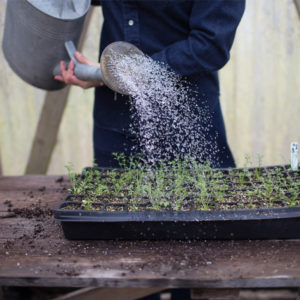
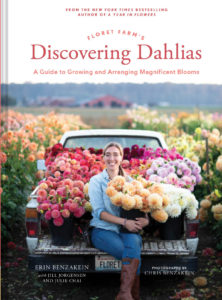
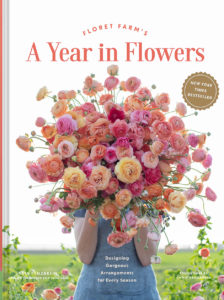
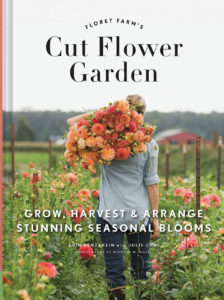

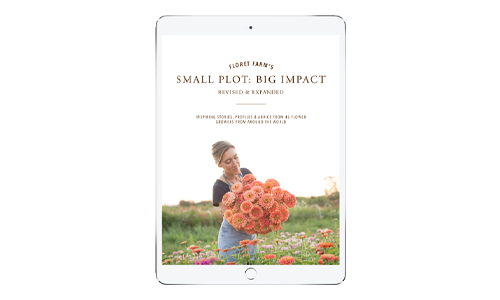
Lorie W on
Hello~ we grow a few fringe tulips and looking to plant apricot parrots, black hero, and charming beauty. Can not wait